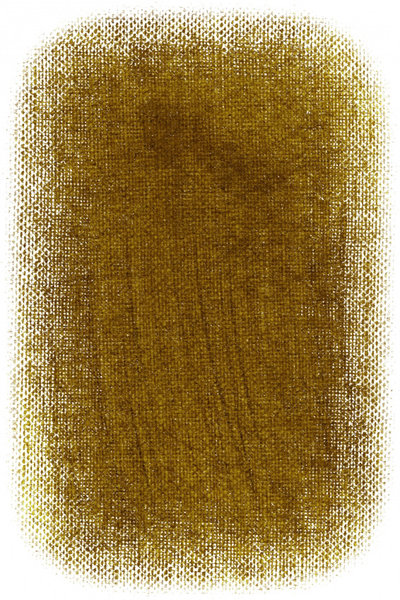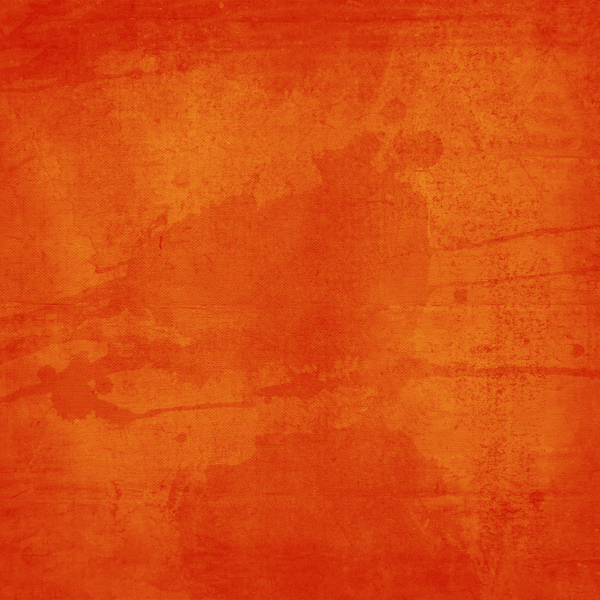Champagne, with its effervescence and elegance, has lengthy been synonymous with celebrations, milestones, and particular moments. Known as the "drink of kings" and the final word symbol of luxurious and indulgence, champagne transcends time and tradition, charming hearts and palates around the globe. In this article, we'll explore the allure and mystique of bubbly champagne, from its rich history and manufacturing methods to its diverse types and serving tips.
1. A Brief History of Champagne
Champagne, named after the Champagne region of France where it's produced, has a storied history relationship back centuries. Legend has it that Dom Pérignon, a Benedictine monk, discovered the strategy for making glowing wine in the seventeenth century. Initially, champagne was considered a faulty wine due to its effervescence, however over time, it gained reputation among the many French aristocracy and European royalty, turning into a symbol of extravagance and celebration.
2. The Art of Champagne Production
Champagne manufacturing is a meticulous course of that includes particular grape varieties, winemaking strategies, and getting older requirements. The primary grapes utilized in champagne manufacturing are Chardonnay, Pinot Noir, and Pinot Meunier, every contributing to the wine's flavor profile and complexity. The conventional methodology, generally recognized as méthode champenoise or méthode traditionnelle, involves a secondary fermentation in the bottle, which creates the bubbles that give champagne its attribute fizz and sparkle.
three. Styles of Champagne
Champagne is available in various kinds to suit different preferences and
Gm'z Events and Photobooth.
Brut champagne is the most common type, characterised by its dryness and crisp acidity, making it versatile for pairing with a broad range of meals. Rosé champagne, made by including a small amount of purple wine to the blend, presents vibrant color and fruity flavors, while Blanc de Blancs champagne is made solely from Chardonnay grapes, leading to a lighter and more delicate profile. Other styles embrace classic champagne, which is created from grapes harvested in a single distinctive 12 months, and status cuvées, that are the top-tier offerings from champagne homes.
4. Serving and Enjoying Champagne

To fully respect the complexity and effervescence of champagne, it's essential to serve it at the right temperature and in the acceptable glassware. Champagne must be chilled to round 45-50°F (7-10°C) earlier than serving to reinforce its flavors and aromas without numbing the palate. Flute glasses or tulip-shaped glasses are best for champagne, as they help preserve the bubbles and concentrate the aromas, allowing for a extra pleasant tasting experience.
5. Pairing Champagne with Food

Champagne's versatility makes it an excellent pairing for a extensive variety of meals, from seafood and sushi to poultry and cheese. Its high acidity and effervescence help cleanse the palate and minimize by way of wealthy and fatty dishes, making it a super companion for creamy sauces, fried foods, and decadent desserts. Experiment with different flavor combos to find the perfect pairing that enhances the unique characteristics of your favorite champagne.
6. ConclusionBubbly champagne holds a special place in the hearts of wine enthusiasts and revelers alike, serving as a timeless image of pleasure, celebration, and togetherness. Whether it's a marriage ceremony toast, a New Year's Eve celebration, or a casual brunch with associates, champagne adds a touch of magic and sparkle to every occasion, leaving an enduring impression and creating cherished recollections for years to come back.
Raise a glass to the enchanting world of bubbly champagne, and savor each sip of this glowing elixir of celebration.